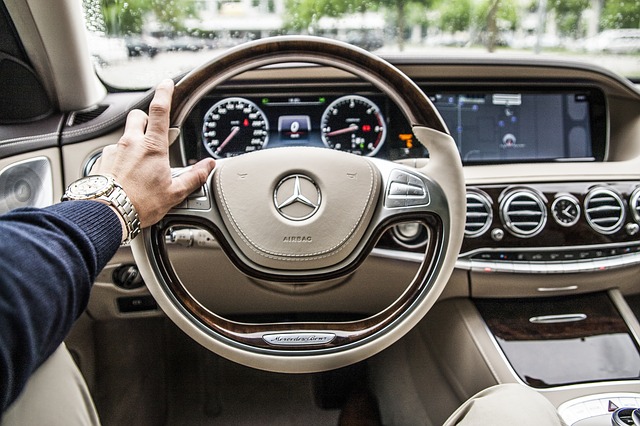Buying a car is a big decision, and no one should take it lightly. This is especially true if it’s your first time to do so – and while you want to make sure that the car is in good condition both internally and externally, you also have to make sure that you are comfortable driving it. And this is where test driving the vehicle is of utmost importance. Once you have checked the car out and decided that it seems to be a worthy buy, the next step is arguably the most crucial one. So, what should you look for when you are test driving a used vehicle? Why is test driving important in the first place? Here are the top things you should do while test-driving a pre-owned vehicle.
Why it’s essential
For many, test driving a prospective vehicle isn’t such a pleasant experience, especially if the salesperson is speaking non-stop about the car’s features and everything else. Some car buyers even avoid test driving a vehicle just to get the transaction over and done with as quickly as possible. But if you’re intent on making the right decision, test driving is crucial. All vehicles drive differently, regardless of if it’s the steering, the way the car’s weight can shift around various turns, and the way the throttle responds. If the car has an awkward blind spot or a poor radius for turning, you will only find this out once you test drive it as well.
What you should do
Make sure you’re comfortable
First, set an appointment. This way, you can be sure that the car is ready once you arrive at the dealership and you won’t have to wait for it to be gassed up and ready to go, as recommended by the Young Automotive Group, one of the most renowned car dealerships in Utah. And when you have gotten inside the car, don’t just turn the key and start driving. Try to make yourself comfortable by getting in and out of the car several times, adjusting the mirrors, moving the seats, and checking the cup-holders and dashboard. And don’t just consider the physical aspects. Test out the car’s infotainment, play with the car’s controls, and, most importantly, let the air conditioner run – air conditioning problems are most common in used cars, after all.
Drive the car as your own
While the salesperson may already have a route in mind for the test drive, ask if you could drive following your own personal route, and drive on a highway if you can so you can see if you can easily merge the car into highway traffic. You should pay particular attention to the handling and steering; for instance, do the car’s wheels turn once you begin to turn the wheel? When you turn left or right, does the car go smoothly through the bend? Don’t forget to check the acceleration and brakes of the car, but make sure the salesperson knows about it in advance so that they don’t get surprised when you stomp on the car’s brakes or accelerator.
Park it
Another crucial step when you are test driving a car is to park it – several times if you can. Does it do well with parallel parking? When testing the parking of the car, you should also check for any safety features, such as sensors, a reversing camera, and the like.




